Circa 2013
A type of thruster being tested in a NASA lab could help scientists unlock the key to making a ‘Star Trek’ inspired warp drive enabled starship.
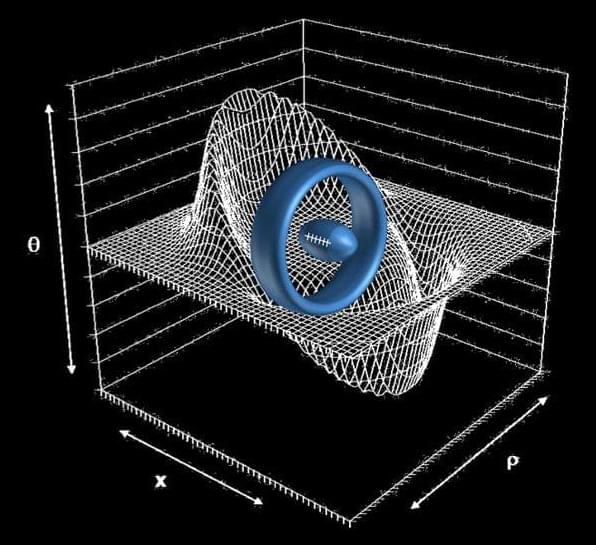
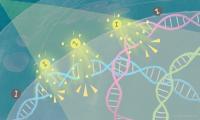
Cancer cell death is triggered within three days when X-rays are shone onto tumor tissue containing iodine-carrying nanoparticles. The iodine releases electrons that break the tumor’s DNA, leading to cell death. The findings, by scientists at Kyoto University’s Institute for Integrated Cell-Material Sciences (iCeMS) and colleagues in Japan and the US, were published in the journal Scientific Reports.
“Exposing a metal to light leads to the release of electrons, a phenomenon called the photoelectric effect. An explanation of this phenomenon by Albert Einstein in 1905 heralded the birth of quantum physics,” says iCeMS molecular biologist Fuyuhiko Tamanoi, who led the study. “Our research provides evidence that suggests it is possible to reproduce this effect inside cancer cells.”
A long-standing problem with cancer radiation therapy is that it is not effective at the center of tumors where oxygen levels are low due to the lack of blood vessels penetrating deeply into the tissue. X-ray irradiation needs oxygen to generate DNA-damaging reactive oxygen when the rays hit molecules inside the cell.

Prof. Chuanfeng Li and Prof. Zongquan Zhou from University of Science and Technology of China (USTC) of the Chinese Academy of Sciences (CAS) innovatively raised and realized noiseless photon echo (NLPE) protocol. The research of entire originality reduced the noise by 670 times compared with previous strategies and achieved solid quantum memory with high fidelity. The results were published in Nature Communications.
First observed by Erwin Hahn in 1,950 photon echo is a fundamental physical interaction between light and matter as well as an essential tool for the manipulation of electromagnetic fields. However, the intense spontaneous noise emission generated has the same frequency as the signal, it is impossible to separate them in principle. Previous protocols, such as atomic frequency comb and the revival of silenced echo, failed to eliminate the spontaneous noise emission as much as needed.
In this study, the researchers implemented NLPE protocol in Eu3+:Y2SiO5 crystal to serve as an optical quantum memory and applied a four-level aromic system to suppress the noise.
Watch the full documentary on Vimeo on demand: https://vimeo.com/ondemand/339083
The study of consciousness needs to be lifted out of the mysticism that has dominated it. Consciousness is not just a matter of philosophy or spirituality. It’s a matter of hard science. It’s a matter of understanding the brain and the mind — a pattern structure made out of information. It’s also a matter of engineering. If we can understand the functionality of the brain, its neural code, then we can build the same functionality into our computer systems. There’s no consensus on what produces consciousness, but everyone regardless of metaphysical views can agree what it is like to be conscious. Given that consciousness is subjectivity, what consciousness is like is what consciousness is.
‘Mind’ and ‘Consciousness’ are two different but somewhat overlapping terms related to the phenomenality of our experiential reality. Different species have a variety of their biological information processors which unsurprisingly results in qualia diversity. All species live in their own unique sensory universes. There is “something it is like to be” an organism. The human brain, our biological “wetware,” has a fractal structure on many genetic and abstract cognitive levels. Information is “modus operandi” of consciousness.
If we are to reason for the non-dual picture of the world then quantum physics is directly linked to consciousness. The human brain is a physical organ that transmits and interprets electrochemical signals. Its biochemistry is certainly governed by quantum physical laws, and consciousness — which is clearly related to the functioning of the brain — must therefore be related to the quantum physical processes going on within the brain and in the cosmos at large. Research has shown that consciousness is non-local, a scientific way of alluding to a connection within a higher dimensional order. Matter has also been shown to be non-local, which hints that matter might be an expression of consciousness, emerging from the ‘Unified Field’ — the quantum layer of pure potentiality — the code layer beneath all dimensions where time and space are information.
Reality is fundamentally experiential. Nothing is real for us until perceived. A little while ago, the idea that our minds create reality would have seemed preposterous to most westerners. But today everyone in the West becomes a bit more susceptible to this bold new idealistic, computationalist thinking along with certain QM interpretations directly pointing to the fundamental laws of Nature emerging from consciousness…
*Based on recent book The Syntellect Hypothesis: Five Paradigms of the Mind’s Evolution (2020) by evolutionary cyberneticist Alex M. Vikoulov, available as eBook, paperback, hardcover, and audiobook on Amazon: https://www.amazon.com/Syntellect-Hypothesis-Paradigms-Minds…atfound-20
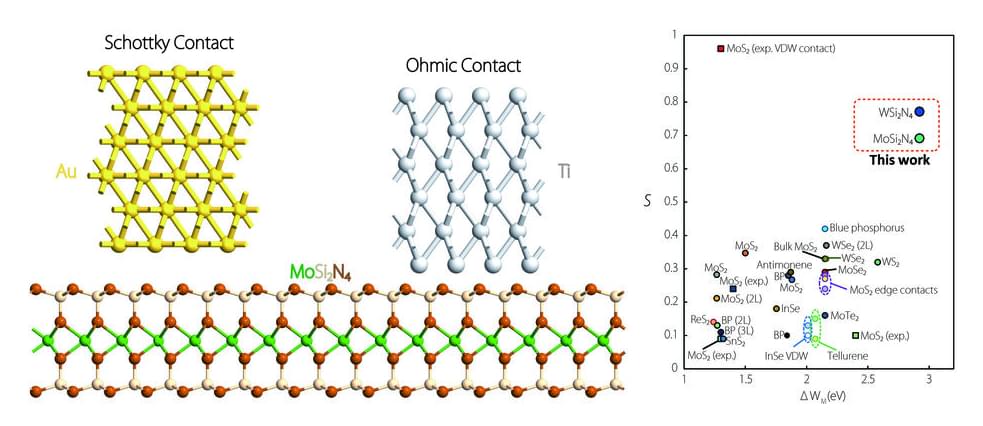
According to researchers from the Singapore University of Technology and Design (SUTD), a recently discovered family of two-dimensional (2D) semiconductors could pave the way for high-performance and energy-efficient electronics. Their findings, published in npj 2D Materials and Applications, may lead to the fabrication of semiconductor devices applicable in mainstream electronics and optoelectronics—and even potentially replace silicon-based device technology altogether.
In the quest of miniaturizing electronic devices, one well-known trend is Moore’s law, which describes how the number of components in the integrated circuits of computers doubles every two years. This trend is possible thanks to the ever-decreasing size of transistors, some of which are so small that millions of them can be crammed onto a chip the size of a fingernail. But as this trend continues, engineers are starting to grapple with the inherent material limitations of silicon-based device technology.
“Due to the quantum tunneling effect, shrinking a silicon-based transistor too small will lead to highly uncontrollable device behaviors,” said SUTD Assistant Professor Ang Yee Sin, who led the study. “People are now looking for new materials beyond the ‘silicon era’, and 2D semiconductors are a promising candidate.”
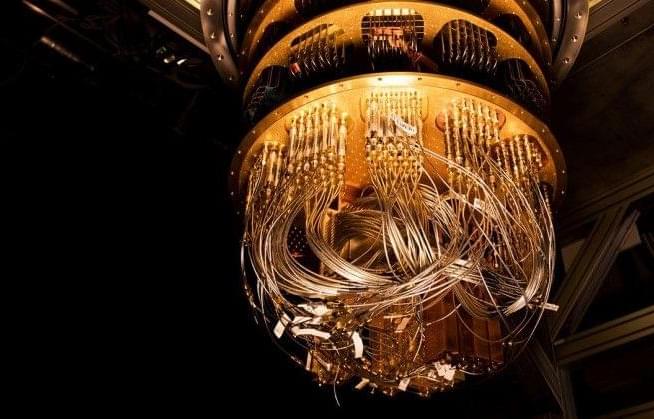
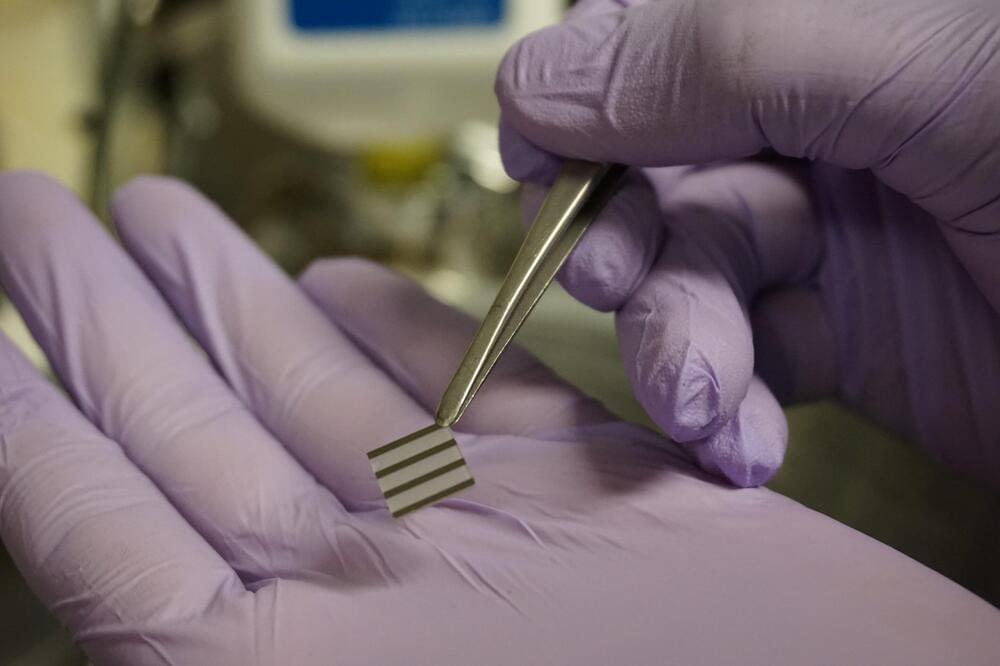
A new study has found that a material(nickel oxide, a quantum material) can mimic the sea slug’s most essential intelligence features. The discovery is a step toward building hardware that could help make AI more efficient and reliable.
For artificial intelligence to get any smarter, it needs first to be as intelligent as one of the simplest creatures in the animal kingdom: the sea slug.
A new study has found that a material can mimic the sea slug’s most essential intelligence features. The discovery is a step toward building hardware that could help make AI more efficient and reliable for technology ranging from self-driving cars and surgical robots to social media algorithms.
The study, publishing this week in the Proceedings of the National Academy of Sciences, was conducted by a team of researchers from Purdue University, Rutgers University, the University of Georgia and Argonne National Laboratory.

Pandemic lockdown forces a new perspective on designs for futuristic AI-based computing devices.
Isaac Newton’s groundbreaking scientific productivity while isolated from the spread of bubonic plague is legendary. University of California San Diego physicists can now claim a stake in the annals of pandemic-driven science.
A team of UC San Diego researchers and colleagues at Purdue University have now simulated the foundation of new types of artificial intelligence computing devices that mimic brain functions, an achievement that resulted from the COVID-19 pandemic lockdown. By combining new supercomputing materials with specialized oxides, the researchers successfully demonstrated the backbone of networks of circuits and devices that mirror the connectivity of neurons and synapses in biologically based neural networks.
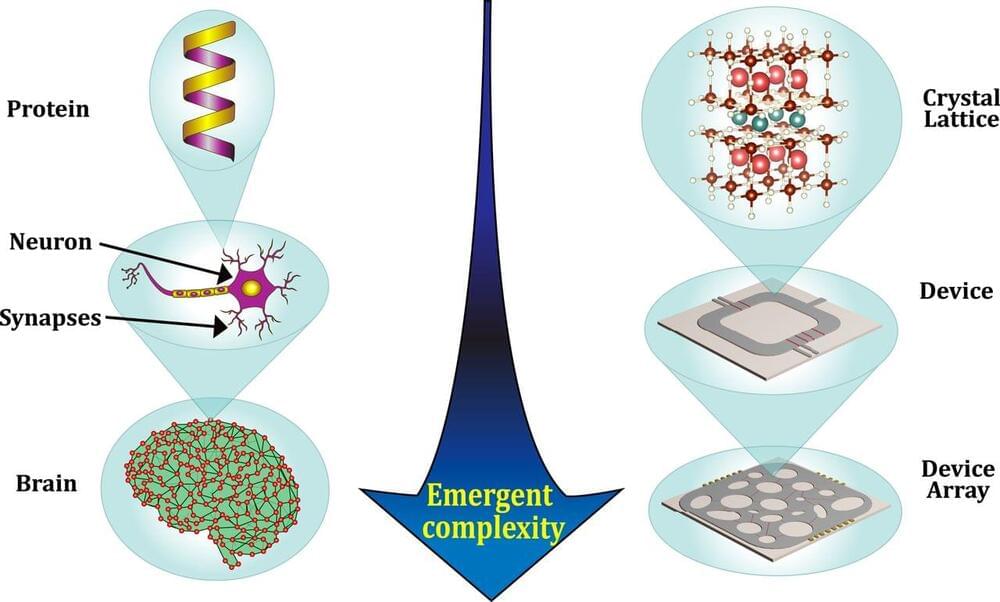
Designing neuromorphic hardware for cryoelectronics is an important area of research as the field of computing paradigms beyond complementary metal-oxide-semiconductor (CMOS) progresses. Superconductivity and metal−insulator transitions are two of the most celebrated emergent, collective properties found in quantum materials such as strongly correlated oxides. Here, we present simulations of artificial neural networks that can be designed by combining superconducting devices (e.g. Josephson junctions) with Mott metal−insulator transition−based tunable resistor devices. Our simulations show that 1) neurons and synapses can be seamlessly created, 2) their functions can be tuned via learning, and 3) controlling disorder by incorporating light ions enables exponential multiplicity of states. The results open up directions for incorporating emergent behavior seen in condensed matter into hardware design for artificial intelligence.
Neuromorphic computing—which aims to mimic the collective and emergent behavior of the brain’s neurons, synapses, axons, and dendrites—offers an intriguing, potentially disruptive solution to society’s ever-growing computational needs. Although much progress has been made in designing circuit elements that mimic the behavior of neurons and synapses, challenges remain in designing networks of elements that feature a collective response behavior. We present simulations of networks of circuits and devices based on superconducting and Mott-insulating oxides that display a multiplicity of emergent states that depend on the spatial configuration of the network. Our proposed network designs are based on experimentally known ways of tuning the properties of these oxides using light ions. We show how neuronal and synaptic behavior can be achieved with arrays of superconducting Josephson junction loops, all within the same device.
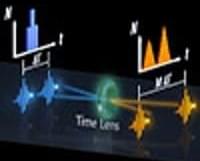
Time-resolved photon counting plays an indispensable role in precision metrology in both classical and quantum regimes. Therein, time-correlated single-photon counting (TCSPC) [1] has been the key enabling technology for applications such as fluorescence lifetime microscopy [2], time-gated Raman spectroscopy [3], photon counting time-of-flight (ToF) 3D imaging [4], light-in-flight imaging [5], and computational diffuse optical tomography [6]. For all these applications, one of the most important figures of merit is the single-photon timing resolution (SPTR, also referred to as photon counting timing jitter). The TCSPC SPTR is limited by the available single-photon detectors. For example, photomultiplier tubes typically provide an SPTR larger than 100 ps [7]. Meanwhile, superconducting nanowire single-photon detectors have superior SPTR in the sub-10-ps range [8, 9]. However, cryogenic cooling significantly increases the system complexity. Single-photon avalanche diodes (SPADs) operate at moderate temperature, which makes them a popular choice for various applications mentioned above. Nevertheless, their SPTR is still limited to tens-of-picoseconds level [10]. On the other hand, orders-of-magnitude enhancement on SPTR is required for many challenging applications such as the study of ultrafast fluorescent decay dynamics [11,12].
In this Letter, we demonstrate a time-magnified TCSPC (TM-TCSPC) that achieves an ultrashort SPTR of 550 fs using an off-the-shelf single-photon detector. The key component is a quantum temporal magnifier using a low-noise high-efficiency fiber parametric time lens [13,14] based on four-wave mixing Bragg scattering (FWM-BS) [15 – 17]. A temporal magnification of 130 with a 97% photon conversion efficiency has been achieved while maintaining the quantum coherence of the signal under test (SUT). Detection sensitivity of -{95}\;rm{dBm}$ (0.03 photons per pulse), limited by the spontaneous Raman scattering noise, is possible and allows efficient processing and characterization of quantum-level SUT. The TM-TCSPC can resolve ultrashort pulses with a 130-fs pulse width difference at a 22-fs accuracy. When applied to photon counting ToF 3D imaging, the TM-TCSPC greatly suppresses the range walk error (RWE) that limits all photon counting ToF 3D imaging systems by 99.2% (130 times) and thus provides high depth measurement accuracy and precision of 26 µm and 3 µm, respectively. The TM-TCSPC is a promising solution for photon counting at the femtosecond regime that will benefit various research fields such as fluorescence lifetime microscopy, time-gated Raman spectroscopy, light-in-flight imaging, and computational diffuse optical tomography.